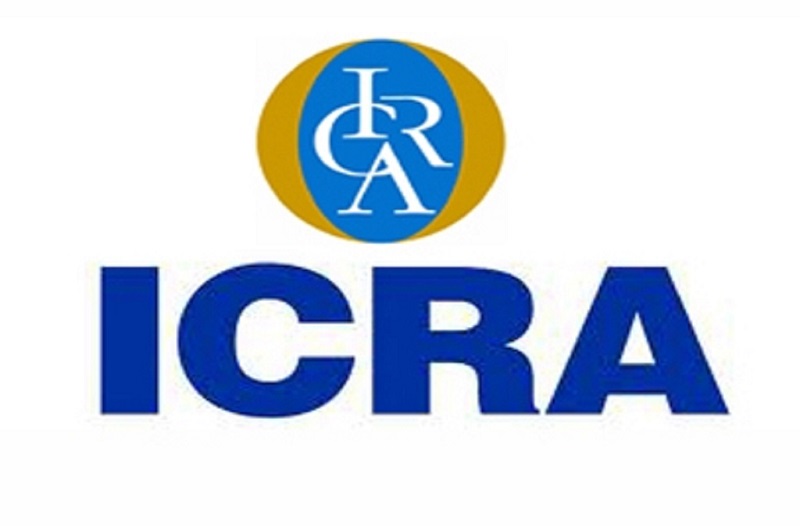Pent-up demand post GST to support recovery
The domestic Commercial Vehicle (CV) industry ended the Q1 FY 2018 with a contraction of 9% in unit sales primarily led by sharp decline in sales of medium & heavy commercial vehicles (M&HCV) – (Trucks) and Buses. This was triggered by combination of factors including pre-buying (in Q4 FY 2017 ahead of the BS-IV roll-out), deferment by fleet operators before GST roll-out and supply disruptions because of limited availability of components for BS-IV vehicles. As a result , the M&HCV (Truck) and Bus sales collapsed by 33% and 23%, respectively during the quarter. However, on a comparative basis, the light commercial vehicles (LCV) segment has witnessed healthy growth (up 13%) aided by strong replacement-led demand, gradual uptick from consumption sectors and fresh orders from logistics players catering to the e-commerce segment. Apart from this the CV financing environment has also improved in comparison to the past few years.
According to  Senior Group Vice President, ICRA,”Despite weak performance in the first quarter, the industry will find its momentum back a) aided by increased thrust on infrastructure and rural sectors in the recent budget, b) potential implementation of fleet modernization or scrappage program and c) higher demand from consumption-driven sectors, especially for LCVs and intermediate commercial vehicles (ICV)s. Given these considerations, domestic CV industry is likely to register a growth of 6-8% in FY 2018.”
Senior Group Vice President, ICRA,”Despite weak performance in the first quarter, the industry will find its momentum back a) aided by increased thrust on infrastructure and rural sectors in the recent budget, b) potential implementation of fleet modernization or scrappage program and c) higher demand from consumption-driven sectors, especially for LCVs and intermediate commercial vehicles (ICV)s. Given these considerations, domestic CV industry is likely to register a growth of 6-8% in FY 2018.”
Within the CV industry, the M&HCV (Truck) segment get support from pent-up demand post GST, higher budgetary allocation towards infrastructure and rural sectors, potential implementation of vehicle scrappage program and stricter implementation of regulatory norms especially related to vehicle length (for certain applications) and overloading norms. In addition, the National Green Tribunal (NGT’s) thrust on phasing out old diesel vehicles along with Government’s proposed vehicle modernization program would trigger replacement-led demand. Apart from favorable regulatory developments, resumption of mining activities in select states would also continue to support demand for tippers, a segment which has outperformed the industry during the current fiscal.
Post demonetization, the LCV segment is on a structural uptrend and has witnessed swift recovery with improvement in liquidity situation. In the near-term, replacement-led demand (following almost three years of declining sales) and expectation of stronger demand from consumption-driven sectors and E-commerce focused logistic companies would remain key growth drivers for the segment. Over the medium-term, the segment would also benefit from roll-out of GST and its impact on logistics sector and preference for hub-n-spoke model. Accordingly, ICRA expects the LCV (Truck) segment to register a growth of 7-8% in FY 2018.
In contrast to the prior year, the bus segment has witnessed lower growth (i.e. 5.7% in FY 2017). This is primarily on account of lower deliveries to state road transport units (SRTU)s (during H1 FY 2017) on account of delays by states in submitting progress report to the Central Government for release of funds. The segment also benefitted from stable demand from travel operators that cater to corporate travelers as well as from online aggregators.
Despite contraction in sales during Q1 FY 2018, the domestic bus segment would still register a growth of 5-7% in FY 2018 in unit terms aided by pick-up in demand from SRTU segment (backed by GOI’s focus on improving urban as well as rural transportation and focus towards smart cities initiatives). Over the past few years, the segment has also benefitted from healthy demand from online aggregators and staff carriers segment besides Schools & College which remain a stable source of bus market in India. ICRA research indicates that fleet replacement cycle is gradually reducing with rising customer expectations for comfortable journey. This is likely to reduce average fleet age and spur replacement-led demand.
“With lower sales in Q1 FY 2018 (on account of partial pre-buying in Q4 FY 2017 and implementation of GST), competitive pressures (as reflected by high discount levels) and recovery in input material prices, margins of CV OEMs may remain under pressure in FY 2018. Furthermore, OEMs may not be able to completely pass on the cost related to BS-IV technology upgradation owing to relatively subdued demand. Over the medium-term, the key sensitivity to profitability indicators of CV OEMs would continue to be a) increasing competitive pressures (as foreign OEMs scale-up volumes on back of new model launches and expanding sales network) and b) higher investments in developing new models and technologies (to meet next level of emission norms),” says Mr. Ray.
Despite marginal contraction in margins, credit profile of CV OEMs will be stable in the near to medium term on back of relatively limited capital expenditure requirements. As industry’s capacity utilization levels remain around 50-55%, most OEMs are unlikely to invest in Greenfield units over the next 2-3 years. This implies that overall investments will be limited to a) new product development, b) addressing portfolio gaps and c) technology upgradation related to next level of emission norms. With an eye of growing international business, some of the OEMs are also contemplating setting-up assembly units overseas. ICRA estimates the CV OEMs will spend approximately Rs. 31-33 billion p.a. (on aggregate basis) over the medium-term in the aforementioned areas.